“SaaS B2b” can be a rather confusing term in today’s business jargon… We use these words regularly when discussing online businesses and their marketing strategies. In fact, at Waalaxy, we use the term “SaaS” on a daily basis! 🤭 But what is it? In a nutshell, SaaS B2b stands for “Business-to-Business Software as a Service”.
What is B2b SaaS? Definition here!
B2b SaaS are cloud-based software for online businesses, ⛅ which typically work by selling different subscription plans. The main aim of B2b SaaS is to help businesses solve their “pain points” and make them more efficient!
The most common types of B2b SaaS solutions include: 👇
- Agile project management software.
- Team collaboration software.
- Billing and payroll software.
- Inventory and logistics management software.
- CRM and digital marketing software.
Instead of installing this software on your PC 💻 (as with the Microsoft Office suite), you pay a monthly or annual subscription to use these products online, via their website or an app!

21 Examples of B2b SaaS software :
To give you a better understanding of B2B SaaS products, here’s a list of the best-performing SaaS companies, based on user reviews, web sources and social networks. Let’s take a look at the 21 best B2B SaaS companies in the world, and what sets them apart. ✨
By the way, we should explain that this list is not an official ranking 👀 or in any specific order.
1. Google G-Suite
Google is undoubtedly one of the best-known SaaS systems, offering its customers a wide range of services such as document creation, advertising, website analysis, spreadsheets, messaging, file storage and time management via its calendar application. 🎯
This massive SaaS company boasts 137 products focused on Internet-related services, the majority of which can be accessed free of charge with a Google account.
Private companies, on the other hand, frequently upgrade their account and pay a fee to gain access to additional features such as 24/7 customer support or unlimited cloud storage.
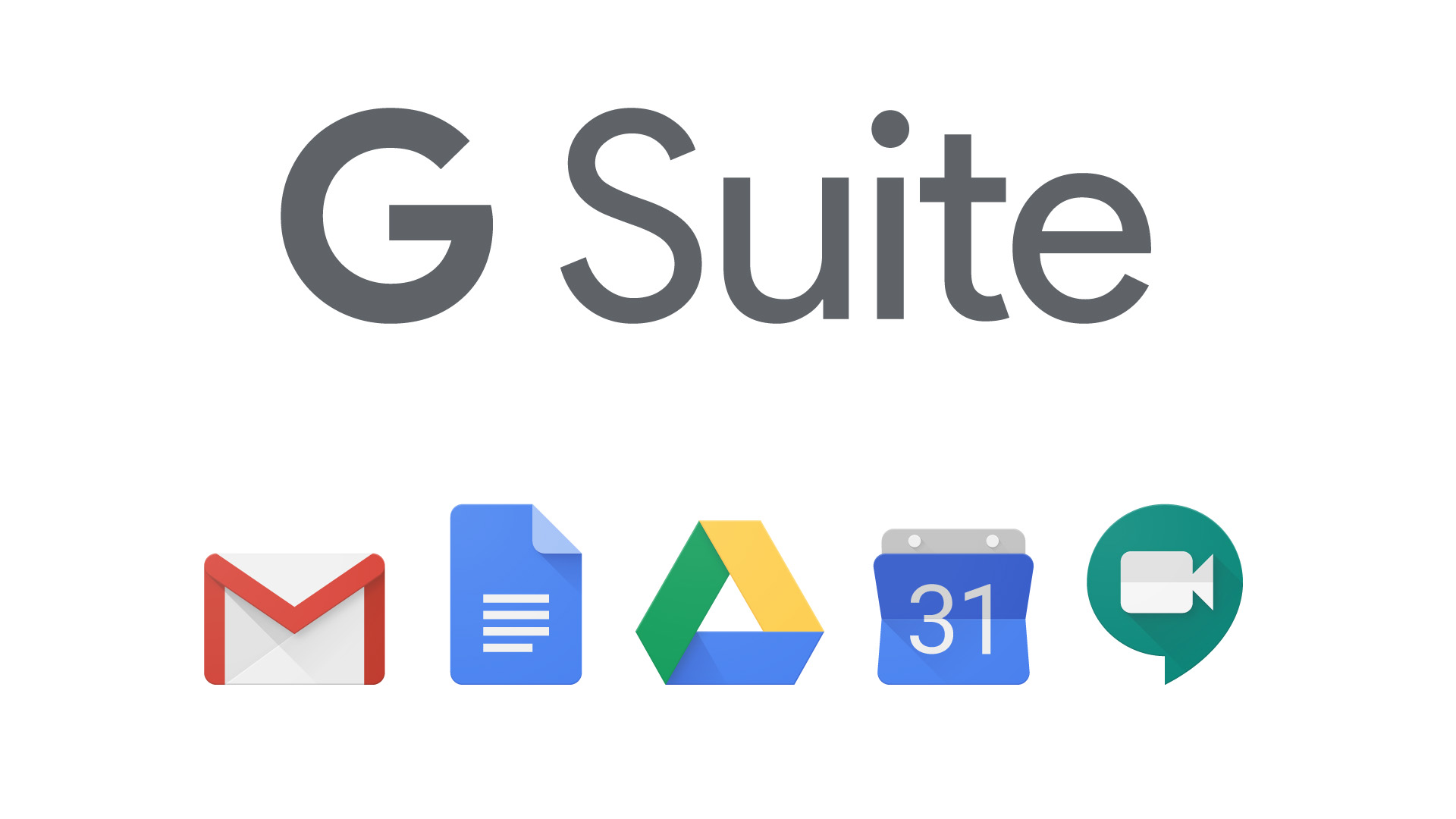
2. Waalaxy CRM
Our Waalaxy CRM tool is a B2B SaaS product that focuses on automating multi-channel prospecting on LinkedIn and by e-mail. 📩
Your company can use Waalaxy to :
- Send up to 100 LinkedIn invitations per week (up to 15 per day).
- But also 100 messages, 100 visitors, 100 followers, and 100 message requests (with a daily quota of 15 messages).
- All Waalaxy + LinkedIn sequences are accessible with our “Freemium plan” (including multi-step sequences),
- You can also make use of all additional features, such as lead import, tags, CSV export, etc.
You’ll also find advanced features such as :
- The E-mail Finder, to contact all your prospects by e-mail.
- Waami, our copywriting AI for creating prospecting messages that work! 🎯
- And many more! 🚀
We also have various paid subscriptions, find all the info here!
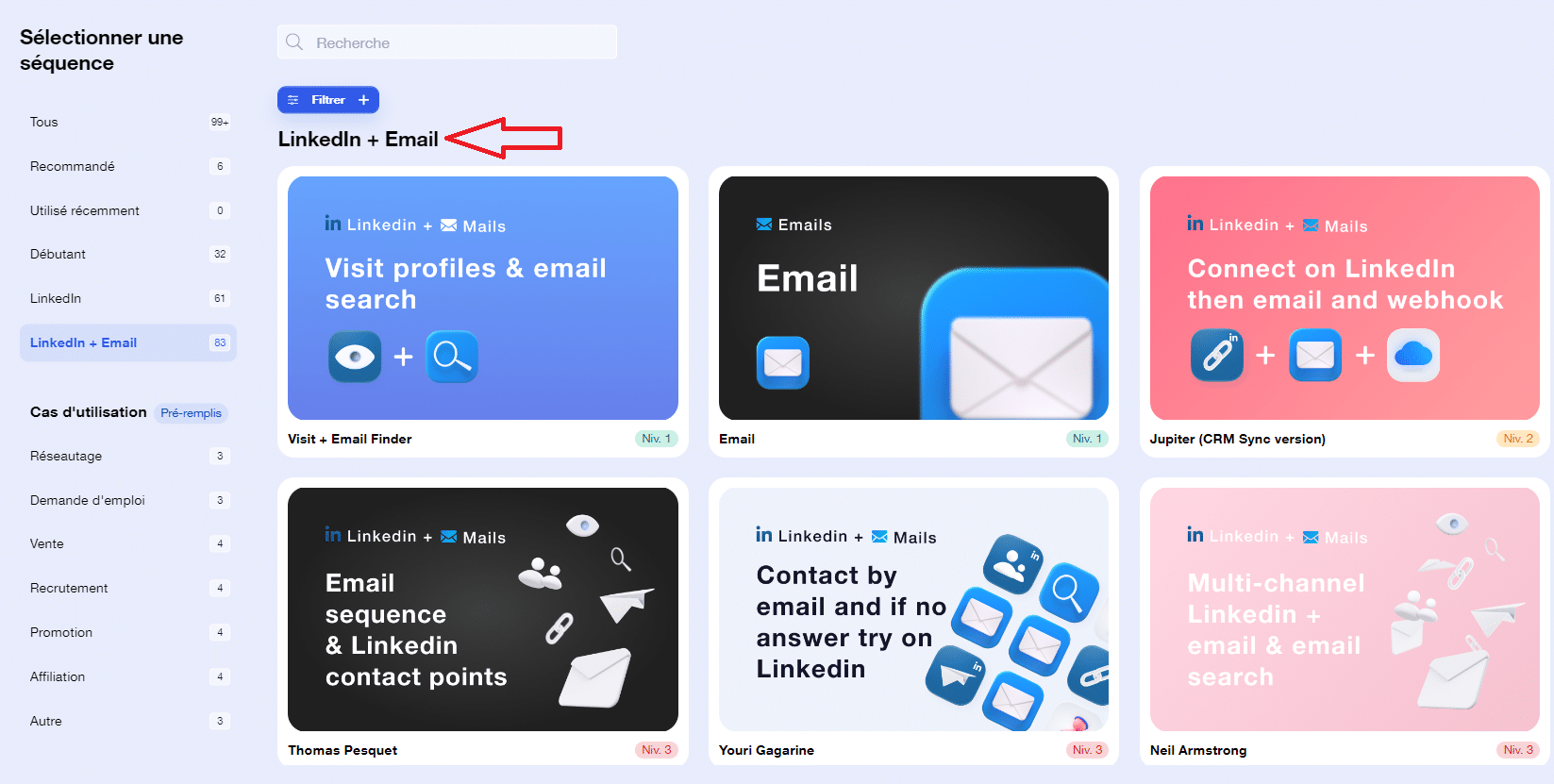
3. WiziShop
WiziShop is a 100% French e-commerce solution based on the SaaS model. Founded in 2008, it has helped more than 350,000 entrepreneurs succeed to date 🚀
As a SaaS tool, no technical skills are required to launch your business. As soon as you create your account, WiziShop takes care of the installation, hosting and configuration of your online store.
This turnkey, no-code platform sets itself apart from its competitors with its intuitive interface, access to over 250 applications included in the subscription, and personalized support from a team of expert e-commerce Business Coaches.
You’ll find all the functions you need to manage your store and implement marketing actions to boost your sales:
- +80 integrated payment and delivery options (PayPal, Stripe, Chronopost, Colissimo, etc.),
- Automatic invoice dispatch,
- Relaunch of abandoned baskets,
- Promotion code management,
- Cross-selling and up-selling,
- and much more!
Focused on customer success and innovation, the solution also offers advanced SEO optimizations and integrated artificial intelligence to generate quality content.
Several pricing plans are available to best suit the needs of artisans and businesses.💰
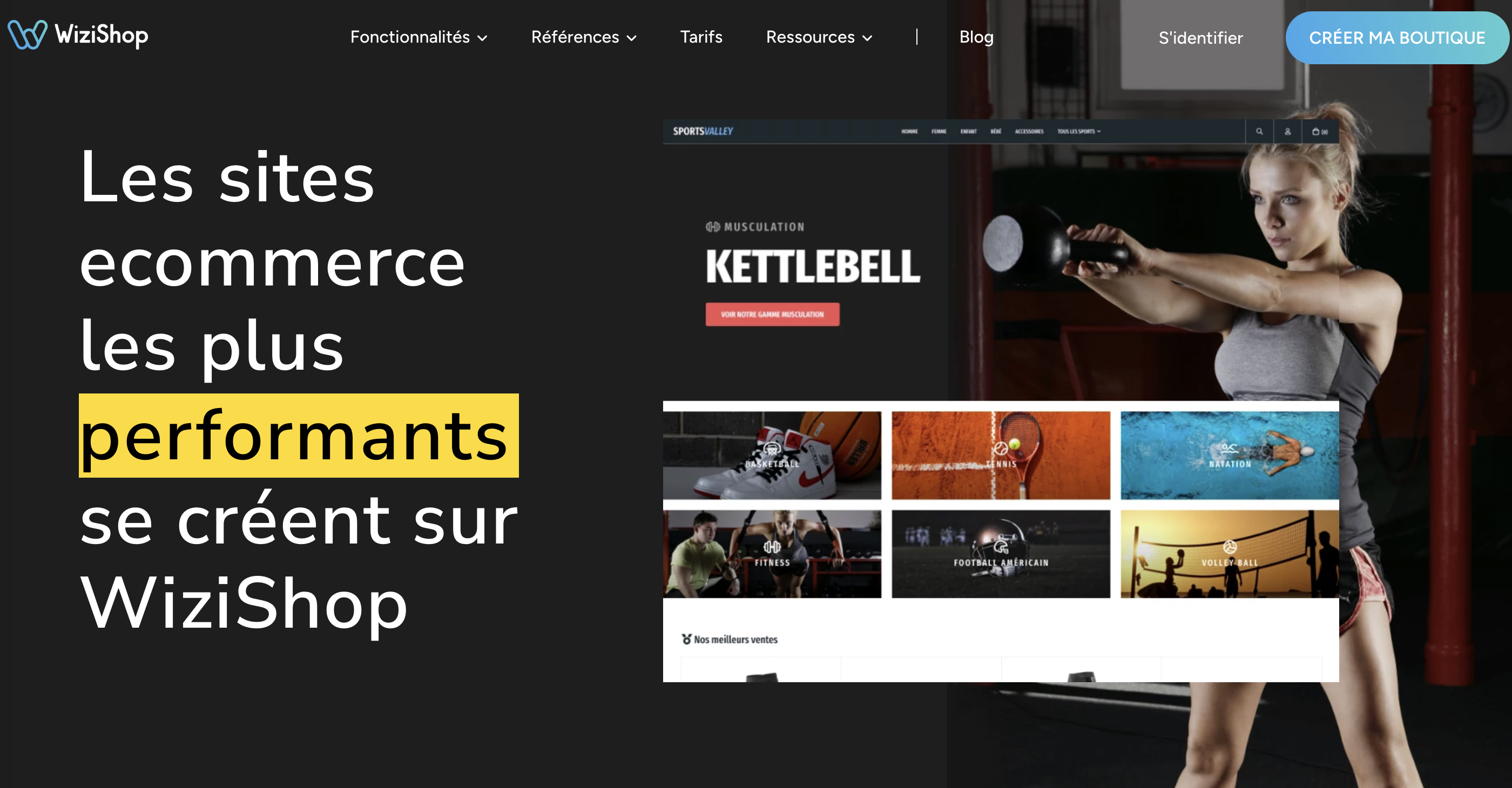
4. Shopify
Shopify is one of the world’s largest content management systems, e-commerce and online store builders, offering sales, hosting, shopping cart and storefront for anyone who wants to create, operate and manage an online store. 🏪
Shopify’s costs include different subscription plans, like any SaaS enterprise product, allowing merchants to select the best plan for their business at the time.
Many entrepreneurs and small business owners have used Shopify to take their online business global. 🌎 The tool has an edge over others due to its enhanced convenience, customization features, affordable price and customer support. In addition, its effective affiliate marketing program is one of the reasons for its rapid growth.

5. BigCommerce
BigCommerce is another well-known open B2C and B2B SaaS e-commerce platform for mid-market brands and enterprises.
The BigCommerce platform offers business-to-business and business-to-consumer choices, as well as access to various catalogs and price lists based on customer requests. As a result, you can have a single system that handles both B2B and B2C transactions. 🪙
BigCommerce is similar to Shopify, and it provides an all-in-one solution for inventory management, order processing, payments and order fulfillment.
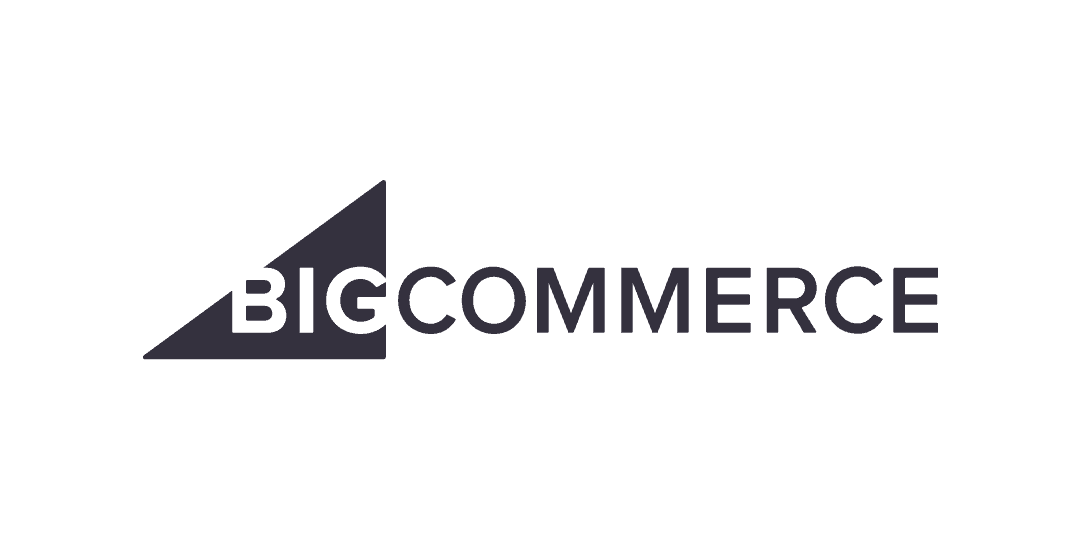
6. Slack
Slack is a well-known service used as a communication and chat application for businesses, including features such as video conferencing, AI bots and instant messaging. 🤖
Using this communication platform for your business gives every employee instant access to company information.
Slack’s freemium approach delivers immediate value by addressing some of your teams’ critical communication issues. What’s more, teams can get more value and access more sophisticated features by upgrading to the premium plan.

7. Mailchimp
Mailchimp is an excellent email marketing solution for sending newsletters, managing mailing lists and sending emails. 📧
Businesses can use this software to build automated marketing campaigns, send transactional emails and regular newsletters, and segment their customer email lists to fine-tune their marketing efforts. 🐒
Email marketing has become a popular strategy among marketing experts. Mailchimp can be used to design compelling emails, launch automated email campaigns and track campaign results. Lately, they’ve also moved beyond email to become a marketing platform in their own right.

8. AppSumo
AppSumo is a marketplace software offering private/limited deals, where companies can showcase their products and attract people to try out their solutions using “hard discounts” or Lifetime Deals, for example. In fact, at Waalaxy, we used this platform when we launched our new Waalaxy paid plans! 🤩

9. Salesforce
One of the oldest B2B SaaS platforms, Salesforce promises to be the largest all-in-one platform for sales, marketing, customer support and other functions. Its most popular tool is CRM, which consumers appreciate for its personalization. ⚡
It also boasts one of the most extensive ecosystems in the SaaS sector, with 58 cloud-computing products, and has excelled in providing solutions for CRM, marketing automation, helpdesk, email marketing and enterprise instant messaging.
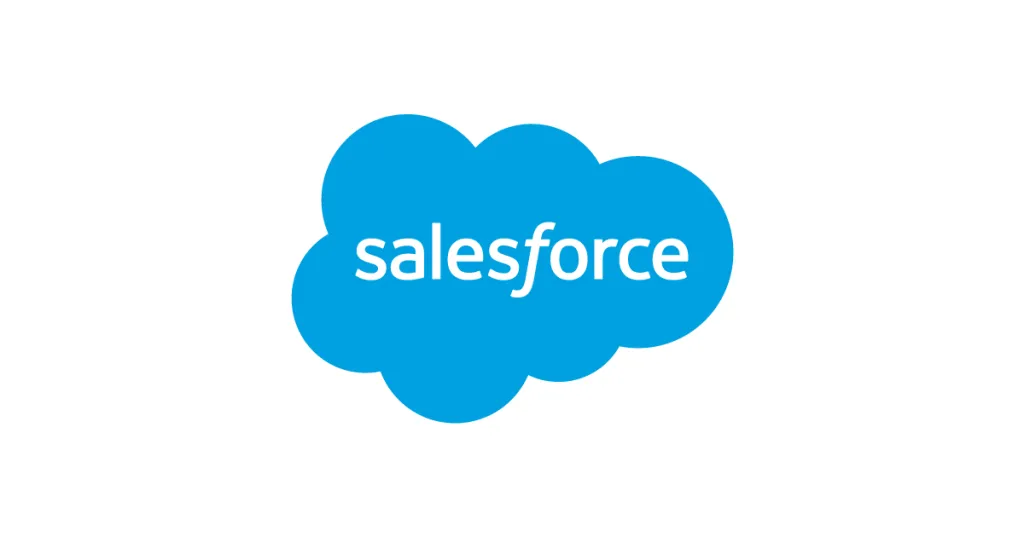
10. HubSpot
HubSpot is a cloud-based sales and inbound marketing software that helps companies generate leads, manage customer relationships and nurture prospects.
Companies of all sizes use it to develop their consumer database, convert prospects into customers and manage marketing campaigns.
Companies can also enhance their online analytics, content management and SEO with HubSpot’s sophisticated solutions.
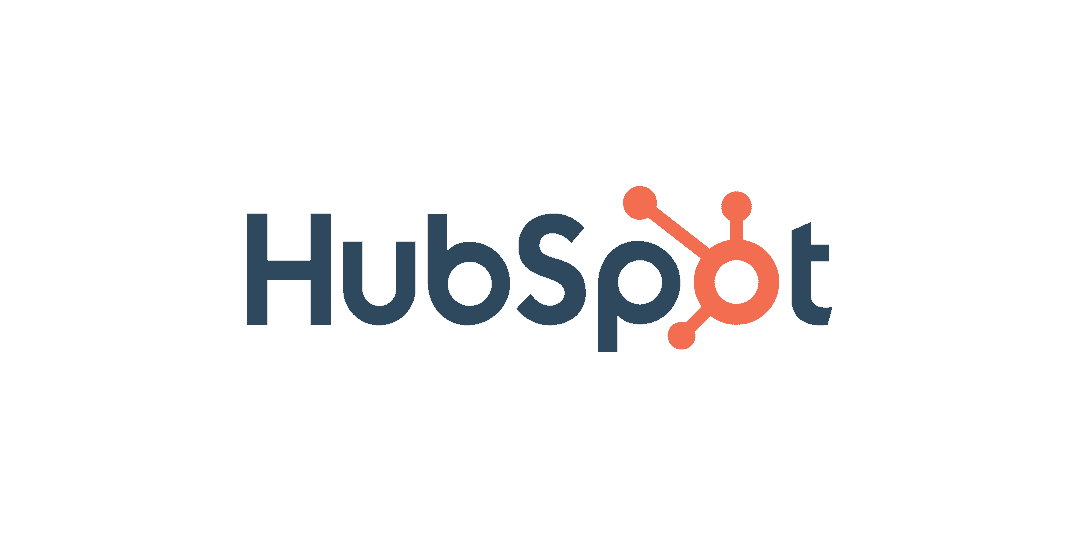
11. Atlassian
If you haven’t heard of Atlassian, I’m sure you’ve heard of Jira and Trello. 👂 These are just a few of the tools Atlassian has at its disposal. The company is well known for creating SaaS tools for project management and software teams, and today boasts over 4,000 applications, which is simply enormous!
12. Ahrefs
Ahrefs rightly presents itself as an all-in-one SEO toolbox. It provides 5 varied tools for your content team, from reviewing content ideas and locating link chances to investigating different keywords. 🗝️ Ahrefs has secured major clients such as Netflix, Facebook, Shopify and many others, making it one of the most reputable companies in the SEO industry.

13. SEMrush
SEMrush is like Ahrefs in that it offers site tracking and SEO tools. They also include platform-specific features, such as evaluating the quality of your content marketing. They use the “customer success equals our success” attitude and regularly develop content such as webinars and blog posts to teach their subscribers how to make the most of their resources. 🤓
It all comes down to constantly providing more added value and keeping their members interested.
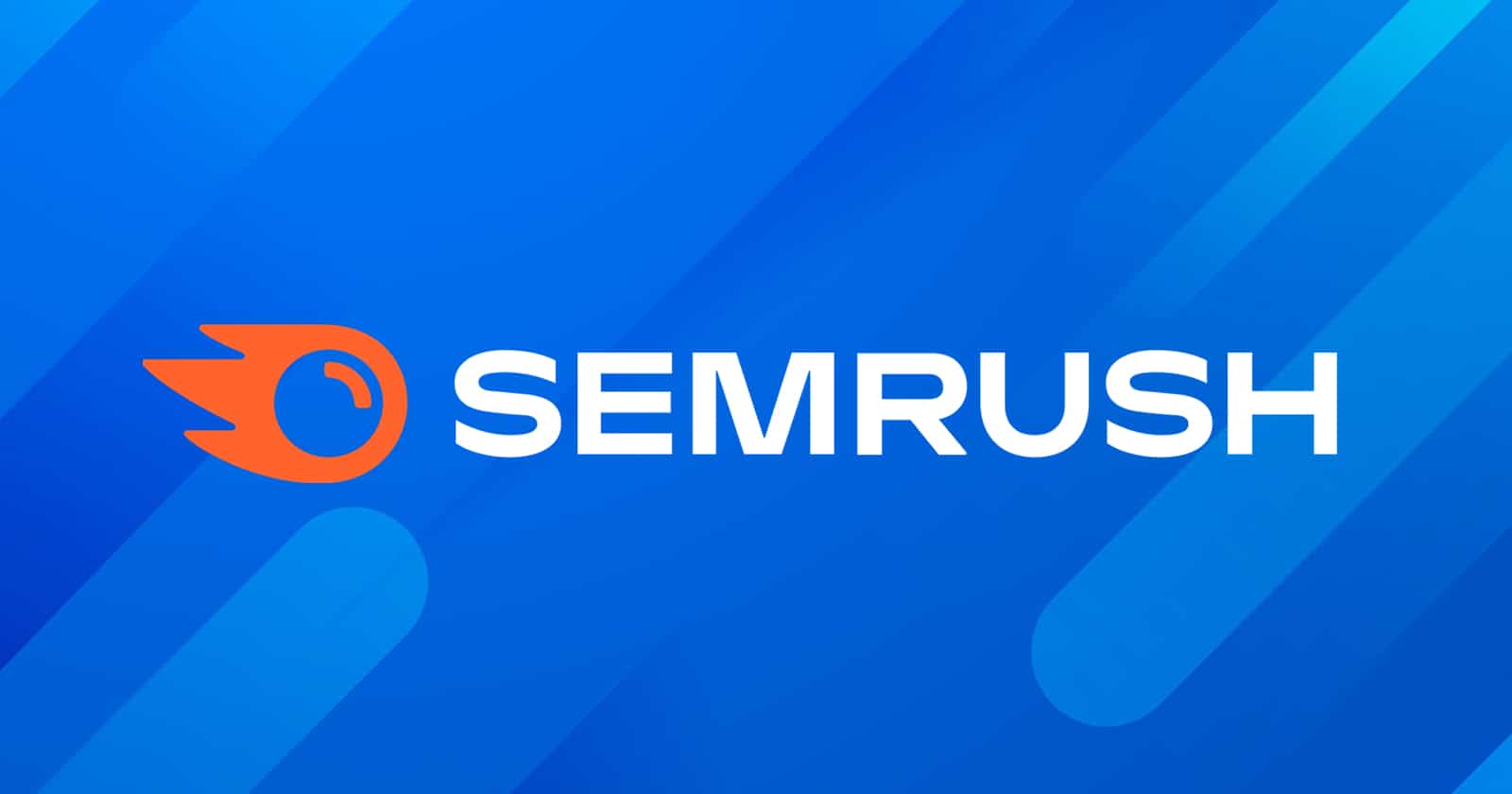
14. DocuSign
DocuSign is designed to help you spend less time making agreements. You can use this tool to communicate, sign and manage digital agreements. 80% of agreements are finalized in a single day, according to their official website. 📋 DocuSign is an electronic signature startup and has around 148,000 professional and business customers across 180 countries in 2022.
By automating its partner program and enabling DocuSign distribution via a network catalog, the firm now has the ability to reach any consumer within its marketing targeting. It doesn’t matter where they are in the world, or what sector they’re in.

15. Dropbox
Dropbox is another well-known cloud storage service that businesses can use to store data and retrieve it as needed across multiple devices.
You can share files with others, privately or professionally, using Dropbox links. This solution is ideal for corporate workers who want to keep their data safe while accessing it from anywhere. 🔗

16. Zendesk
Zendesk bills itself as the “champion of customer service”. 💪 It helps organizations with their sales,customer engagement and support operations by providing an online help desk solution. Also, it enables you to offer a more personalized experience to your consumers by allowing them to request help with ease.
They also have an advanced analytics system in place to help business owners visualize patterns, detect the impact of various organizational changes and understand where consumers have the most problems.
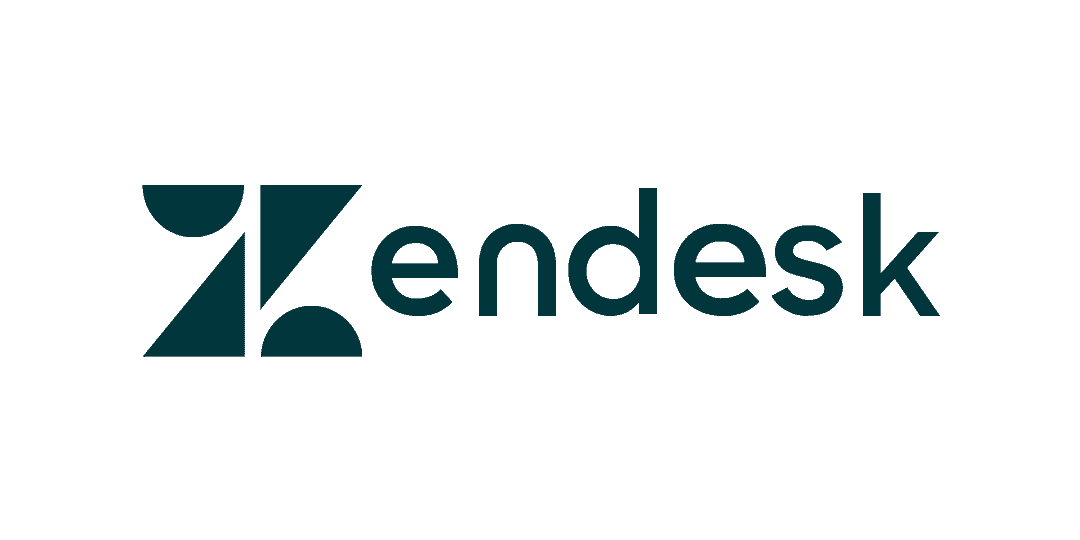
17. SurveyMonkey
SurveyMonkey is one of the most popular web-based customer feedback platforms, offering online surveys to businesses of all sizes. 🐵 For example, you can use the survey to evaluate and represent data when determining your Net Promoter Score, customer experience and tracking trends in customer loyalty programs.
This solution includes features such as survey creation, online form builder, corporate feedback management and market research services.

18. Microsoft Office Suite
Microsoft Office is one of the world’s largest software companies, having held a dominant position for over 20 years and also providing cloud services to its customers.
More than 100 B2B solutions are available from the firm, including computer software, online chat, video conferencing and file management. ⌨️ Office 365, Exchange and Azure are examples of these technologies, which can be used in conjunction with value-added services provided directly or indirectly by partners.

19. Adobe
Every company knows the name Adobe, today this software has been transferred to the Adobe Creative Cloud. It allows users to create animations for websites, perform real-time content evaluations and edit films and images. 📸 Adobe is well known for its “portfolio” of products and services in digital media, digital marketing, printing and publishing.
The company owns more than 50 computer programs (among the most widely used are Adobe Photoshop, Adobe Illustrator, Adobe InDesign, Adobe Dreamweaver, Adobe Photoshop Lightroom). What’s more, the best thing about Adobe is that it offers free training to ensure that customers aren’t overwhelmed by the variety of tools, functions and capabilities available.
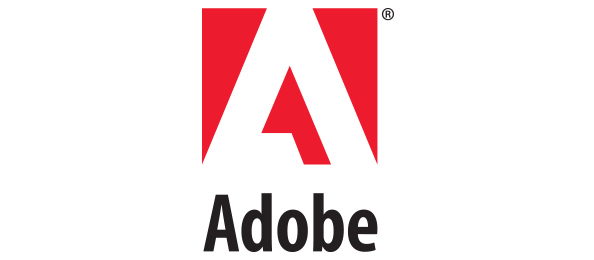
20. Podawaa
Pods are formed by small groups of individuals who come together in a community on LinkedIn, Facebook or WhatsApp to excite the algorithm by commenting on and liking other members’ posts, for example. 🤖 That’s why we created Podawaa, because this “social task” was becoming increasingly time-consuming (commenting on 50 posts every day takes time), so technologies to automate it were born.
Knowing the right practices, as with any other automation tool, pods can be very powerful in increasing your audience‘s engagement.

21. Inbox Waalaxy
Finally, our latest B2b SaaS tool added to our family of automation tools, is the “Waalaxy Inbox” for LinkedIn. 😍
With Waalaxy Inbox, you can make automatic reminders on LinkedIn and set reminders to reply to your private messages.
It makes no difference what industry you’re in. As a salesperson, marketer, CEO, recruiter or real estate agent… you’ll most likely receive and send a ton of LinkedIn messages every week!
So, by using the Waalaxy inbox, you can generate automated, personalized messages directly into your LinkedIn inbox.
Want to know more? 😉 Then visit our website to find out all the benefits of using our new tool!
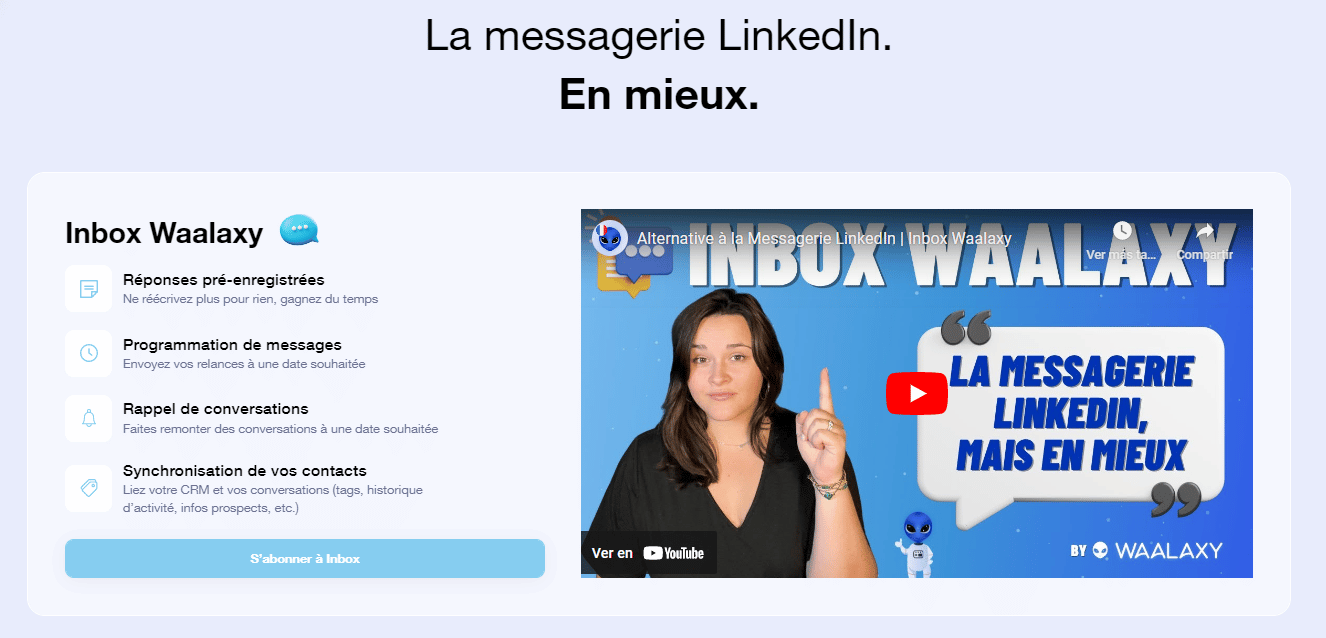
5 Advantages of using B2b SaaS platforms :
Here are some of the benefits of using B2B SaaS products for your business: 👇
1. Easy access
Unlike traditional software, B2B SaaS products don’t require time-consuming installation. They are easily accessible online. 😎 This is ideal for teams working remotely or across multiple time zones, as tools can be accessed at any time and on any device, simply by accessing their accounts.
2. Updates and new features
The coolest benefit of B2B SaaS products is that updates and new feature additions can happen quickly. ⌚ There are usually several plans to choose from, and you can quickly switch to a better plan if necessary. These products also make it possible to bring new features online and make them available to all users without hassle.
3. Cost reduction strategy
These tools are less expensive than those requiring on-premise installation. This is because these tools are hosted on cloud-based architectures. ⚙️ This means that when they need to correct a problem or add a new update, all they have to do is make the changes, and it’s automatically applied across all platforms.
4. Easier customer support
These days, companies no longer need to send people on-site to deal with consumer problems. 🤫 Customer difficulties can now be dealt with in minutes thanks to online solutions such as Chatbot support, quick conference calls and more. Not to mention the advantage of having entire products based in the cloud, making repairs easier, as we explained earlier.
5. Better cost management
Traditional software generally requires a large up-front payment. In addition, that there could be large maintenance bills over the years and the cost skyrockets. 🚀 B2B SaaS products have fixed costs as they are usually based on monthly, quarterly or annual subscription rates. Consequently, this enables companies to better manage their budget and financial resources.
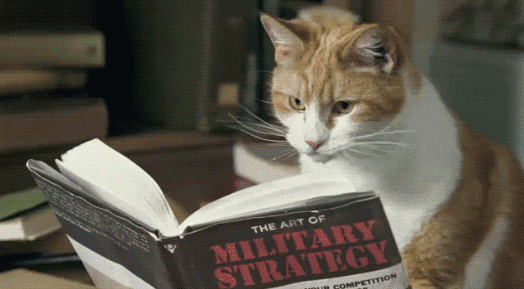
B2b SaaS techniques: 3 Strategies for technology companies!
1. SEO strategy for SaaS B2b
For B2B, search engine traffic is a critical lead generation channel. This traffic represents between 50% and 90% of all visitors to most B2B sites. Most of the time, Google dominates search traffic, while Bing and Yahoo are also important in English-speaking countries.
It’s common to classify search traffic into two categories: organic (SEO) or advertising (SEA). The former is the more valuable, as your website will be in the index for an extended period. 😌 Google and other search engines never reveal the techniques they use to rank pages, all expert advice is merely suggestive.
To increase search traffic, website content must be optimized using an SEO strategy. Pages containing the most relevant material according to the search query are expected to rank higher in search rankings.
2. Marketing strategy for SaaS B2b
Marketing is the way you communicate about your products and services to your target audience. B2b marketing tactics are often used when the market becomes more competitive.
Direct marketing works well for B2B products or services. For example, it makes little sense to advertise on Google if you repair air conditioners. Instead, it would be better to hire professional salespeople to canvass an office building and offer a free inspection. 🔍
When we talk about SaaS B2B marketing, we’re referring to the many B2B marketing strategies that can be employed by a SaaS software provider.
3. Sales strategy for B2b SaaS
In B2B SaaS, the product or service is delivered via a subscription model. The most common subscriptions are monthly plans, but purchasing an annual plan is also quite common. Some providers allow you to purchase one-off actions, such as converting a file from one format to another, without the need for a subscription.
What’s more, B2B SaaS systems feature a gradation of functionality; in general, there are alternatives called Standard (or Basic), Business and Premium. It can also be adapted to the size of the customer, e.g. a small business, a professional “team” or an organization.
The most common B2B SaaS sales tactic is to offer a free trial period. Typically, the free trial period lasts 30 days. 🤑 The rationale behind this technique is that a user who installs and tests the program for 30 days generally doesn’t want to remove it if he’s satisfied with the tool and, therefore, buys a paid subscription.
Furthermore, in the B2B sector, there are usually special discounts for subscribing to newsletters or other events, as well as heavily discounted offers for Black Friday, for example.
Conclusion: Definition of B2b SaaS
We hope this article will help you understand the fundamentals and benefits of B2B SaaS, as well as the companies leading the way in this sector.
👉 As a reminder, B2b SaaS stands for “Business to Business Software as a Service”.
Each of the B2B SaaS products we’ve featured will offer users a straightforward experience, as well as a plethora of customizable features and functions.
What are your next steps now that you understand why the B2B SaaS sector is booming, and how it could help your business grow? 🚀
Don’t let this wonderful opportunity pass you by by neglecting emerging technologies such as automation, software integration and Big Data.
Learn more about these excellent customer acquisition channels that could help you improve your prospecting strategy automation process, increase your market reach and reach new potential customers.
In addition, pay particular attention to the key performance indicators described below, and keep abreast of companies that integrate B2b dash boards into their services. ⏬
B2b SaaS metrics: what is a good retention rate for B2b Lead Gen?
If you’re a business owner or CEO, you’re probably juggling a range of different metrics all the time, and not all of them are as crucial as you might think. 🤔
To grow your business and analyze your profitability, you really only need to focus on a few essential SaaS KPIs .
Here are some of the most important SaaS growth indicators to track as part of your KPIs. Measuring these rates is straightforward and should be included in your organization’s broader strategy to increase performance over time. 👇
- Churn rate vs. retention rate:
A very significant metric in B2B SaaS is churn rate vs. retention rate, which tells you how many customers leave or stay with your company.
The number of consumers who cancel their subscriptions and stop using a company’s services is called the churn rate.
Customer churn rates are critical in the SaaS industry, as they represent a company’s success in retaining customers over time.
Several measures can be taken to reduce churn and increase retention, including focusing on customer loyalty programs, soliciting feedback and offering incentives.
Retention rate = [(Final customers – New customers) / Initial customers] X 100.
- Customer Lifetime Value (CLV) :
Customer Lifetime Value (CLV) is the total revenue a company earns from an average customer over the course of his or her use of the company’s product.
B2B SaaS companies often use CLV to determine whether they should retain, develop or eliminate certain prospects.
A high CLV customer is more likely to be retained and receive additional products and services, for example.
Customer lifetime value = (Customer value * Average customer lifetime).
Customer acquisition cost (CAC) :
The overall cost of obtaining a customer through marketing and advertising initiatives is called the customer acquisition cost (CAC).
Simply put, CAC is the amount of money your company invests in acquiring new customers.
The cost of acquiring a new customer is the biggest expense for most SaaS companies.
An effective strategy for reducing this cost is to direct your resources and efforts towards the marketing channels that offer the best return on advertising spend (“ROAS”).
CAC (monetary result) = Marketing costs (CM) / Customers acquired (CA).
In any case, the more information you have about your prospect, 🧲 the better you’ll be able to respond to their requirements and expectations, and conducting satisfaction surveys, for example, is one of the most effective ways of achieving this.
🥸 There are no good or bad rates; instead, you should focus on steadily improving your rates over time!
B2b SaaS FAQs
What is an example of a B2b SaaS cloud company?
An example of a “cloud” SaaS company is Waalaxy, of course! 👽
As this is a Chrome extension, everything is handled by your computer by default. However, there is one important limitation: you must have a LinkedIn tab open and the extension running on a switched-on computer (it doesn’t work in standby).
This is not good for your machine. It’s not good for the environment. And above all, it’s not ideal for consistent automated prospecting. A computer that sleeps at weekends, when you need to deliver messages but aren’t at work, isn’t going to be sustainable. So it was time to invoke the Waalaxy cloud. ⛈️
What’s the difference between IaaS, PaaS and SaaS B2b software?
SaaS is not the only cloud-based model for B2b applications. There are also PaaS “Platform as a Service” and IaaS “Infrastructure as a Service” models, which provide fewer services to customers, but more customization options 👇
- IaaS lets you host customized applications with maximum flexibility, while offering a generic data center for data storage.
- PaaS is usually implemented on top of an IaaS platform. It allows you to focus on application development rather than infrastructure administration.
- SaaS provides ready-to-use, out-of-the-box solutions that meet a specific business need (such as a website or messaging). Most SaaS platforms today are based on IaaS or PaaS platforms.
With the growing popularity of IaaS, PaaS and SaaS models, on-premise hosting is becoming less necessary. As business and technology continue to converge, companies that want to stay at the cutting edge must migrate to the cloud. 🌨️
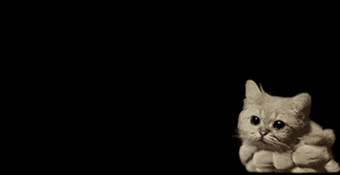
So, now you know the definition and examples of B2b SaaS and what the benefits of using these products are. 💥









